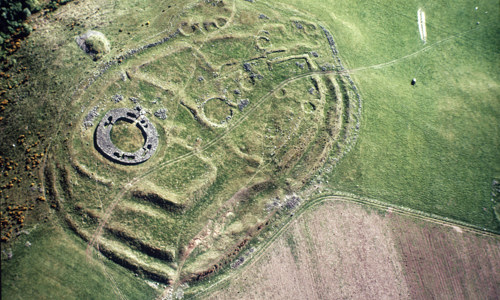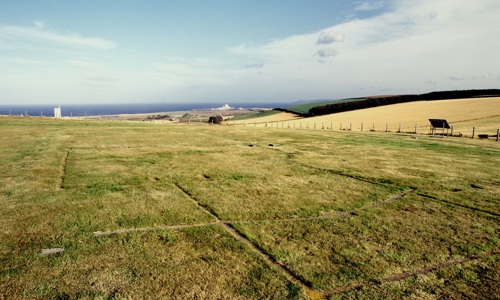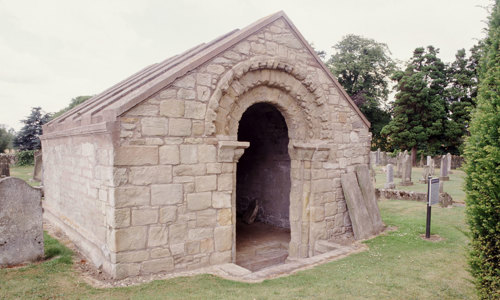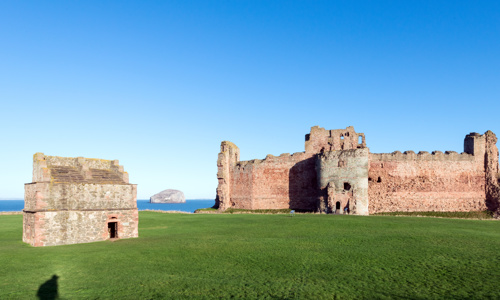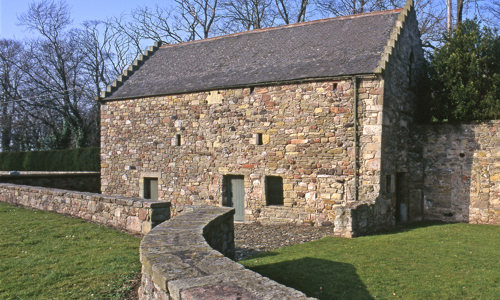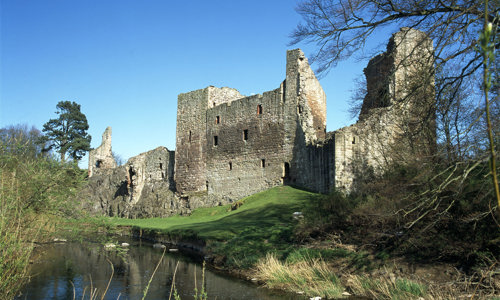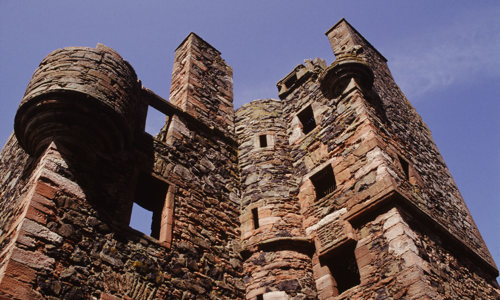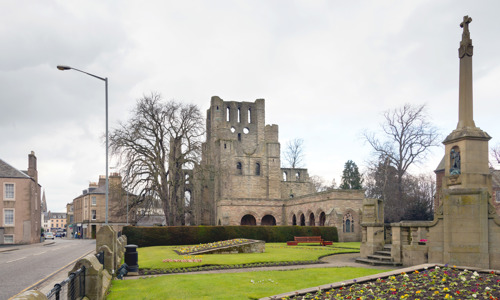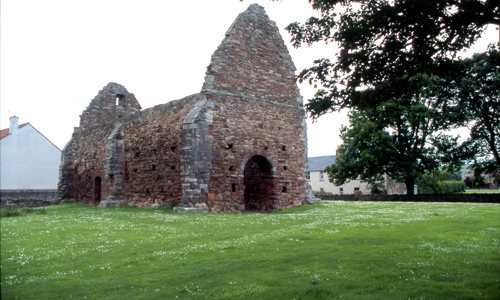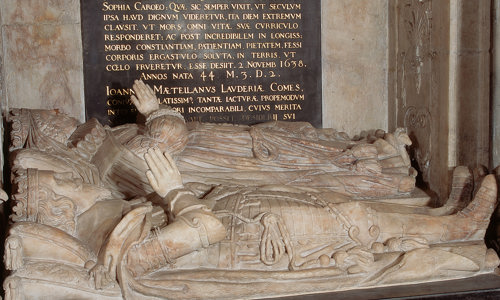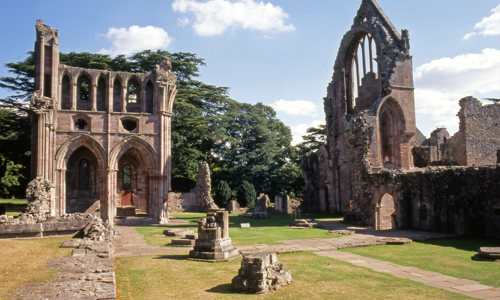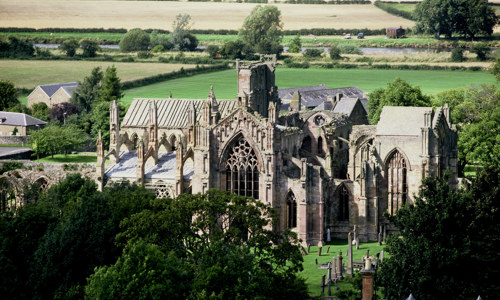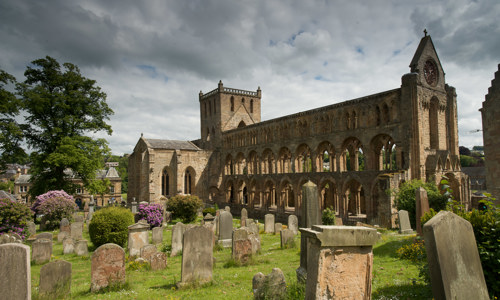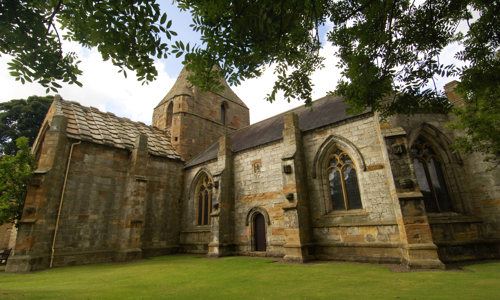History
The Church of St Mary the Virgin was founded in Dunglass in the 1440s by the Home family. In 1444 Sir Alexander Home sought to elevate it to collegiate status, and by 1451 the pope confirmed this status. The church was maintained by a college of priests, who were to offer up perpetual prayers on behalf of Sir Alexander and Lady Home, along with their family.
The church is cross-shaped, featuring:
- a vaulted nave
- a choir
- two transepts, or cross-arms
- a central bell tower
- stone-slab roofs
Only the finest
No expense was spared on the Homes’ private chapel. It features fine carved stonework, especially the three-seated sedilia, where the priests sat during Mass. It is elaborately carved and features:
- cusped and crocketed ogee canopies
- pinnacles
- corbels carved with angels playing musical instruments
Consecration crosses are carved on the chancel walls and sacristy, while the original chancel arch is decorated with Gothic capitals. Records tell us that in 1444 the priests wore black cloaks edged with lambskin. By the 1540s they had elaborate vestments of velvet and cloth of gold.
A wall tomb in the sacristy also shows some excellent carving. It has a female head on each jamb, one showing a lady in mid-1400s attire. This is surely the tomb of Lady Home, the founder’s wife.
A place of some importance
In medieval times Dunglass was an important place; the main road between Scotland and England passed nearby. Close by stood the Homes’ stronghold of Dunglass Castle, which has not survived. There was also a small market town – again this has vanished. Only the church remains.
Dunglass was no stranger to royal visits:
- James IV attended Mass in the church several times
- James VI spent his last night on Scottish soil at Dunglass before proceeding to England for his coronation as James I
- Charles I spent the night here before his coronation in 1633
Last days
In the late 1540s the English built a fort nearby and dug entrenchments around the church himself. This was part of the ‘Wars of the Rough Wooing’ – a series of English invasions intended to coerce Scotland into a marriage contract between the child Mary Queen of Scots and Prince Edward, heir to the English throne.
The church was disestablished during the Protestant Reformation of 1560, but the provost and 12 canons in residence may have been allowed to live out the rest of their days there. After this, the church fell into disrepair.
The final straw came in 1710. The estate had passed to the Hall family, who had no need of the chapel. So it was unceremoniously converted to a stable and coach-house. Most of the damage you can see today – including the gaping hole in the east gable – dates from this time.


